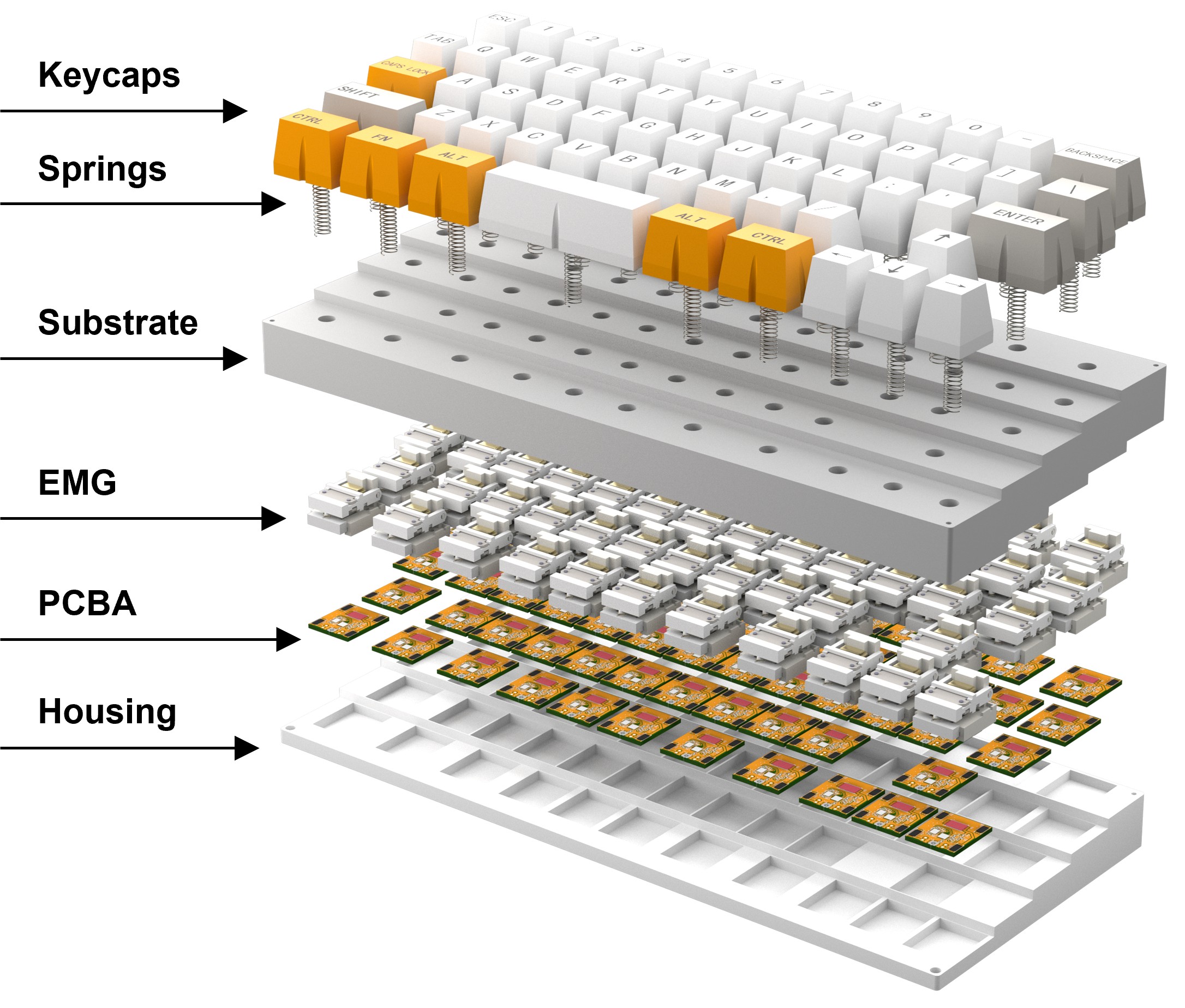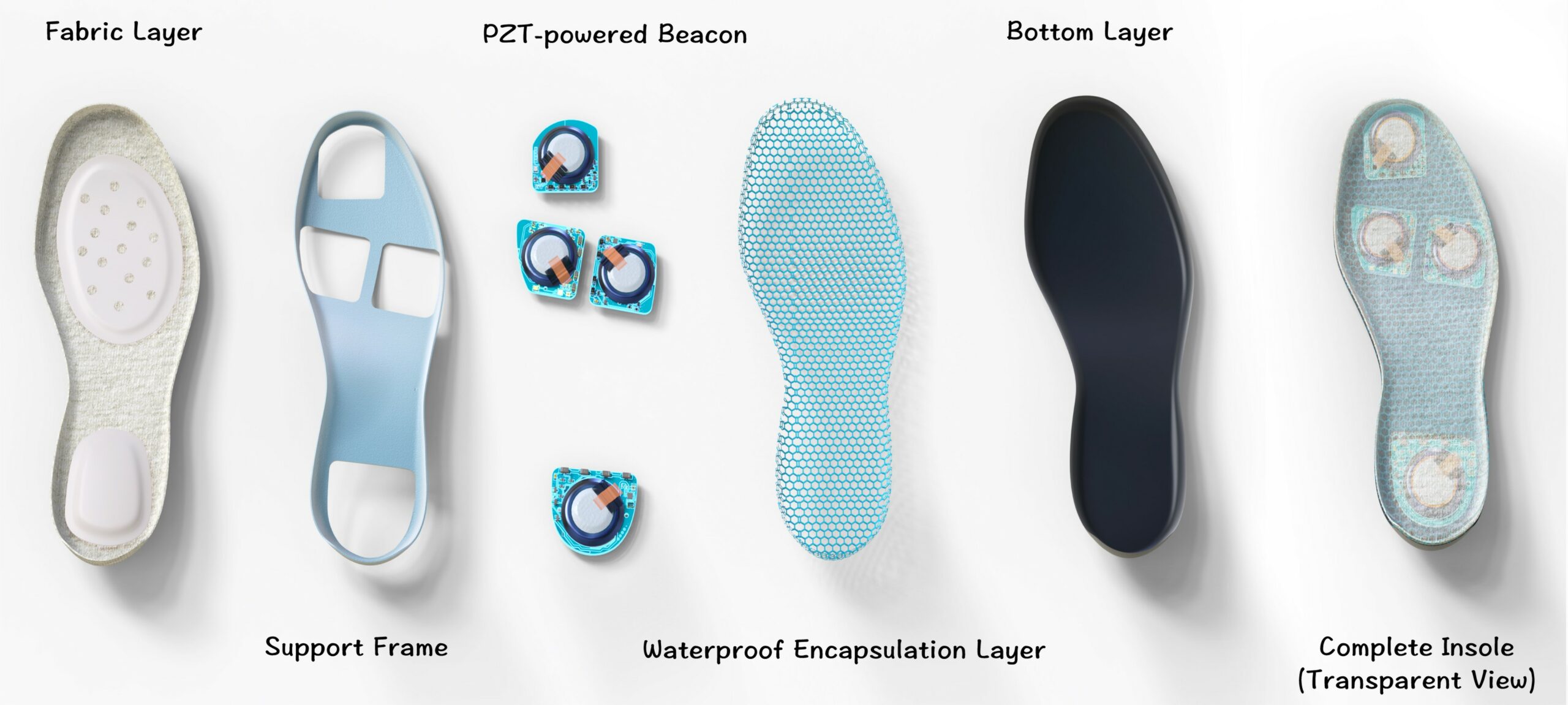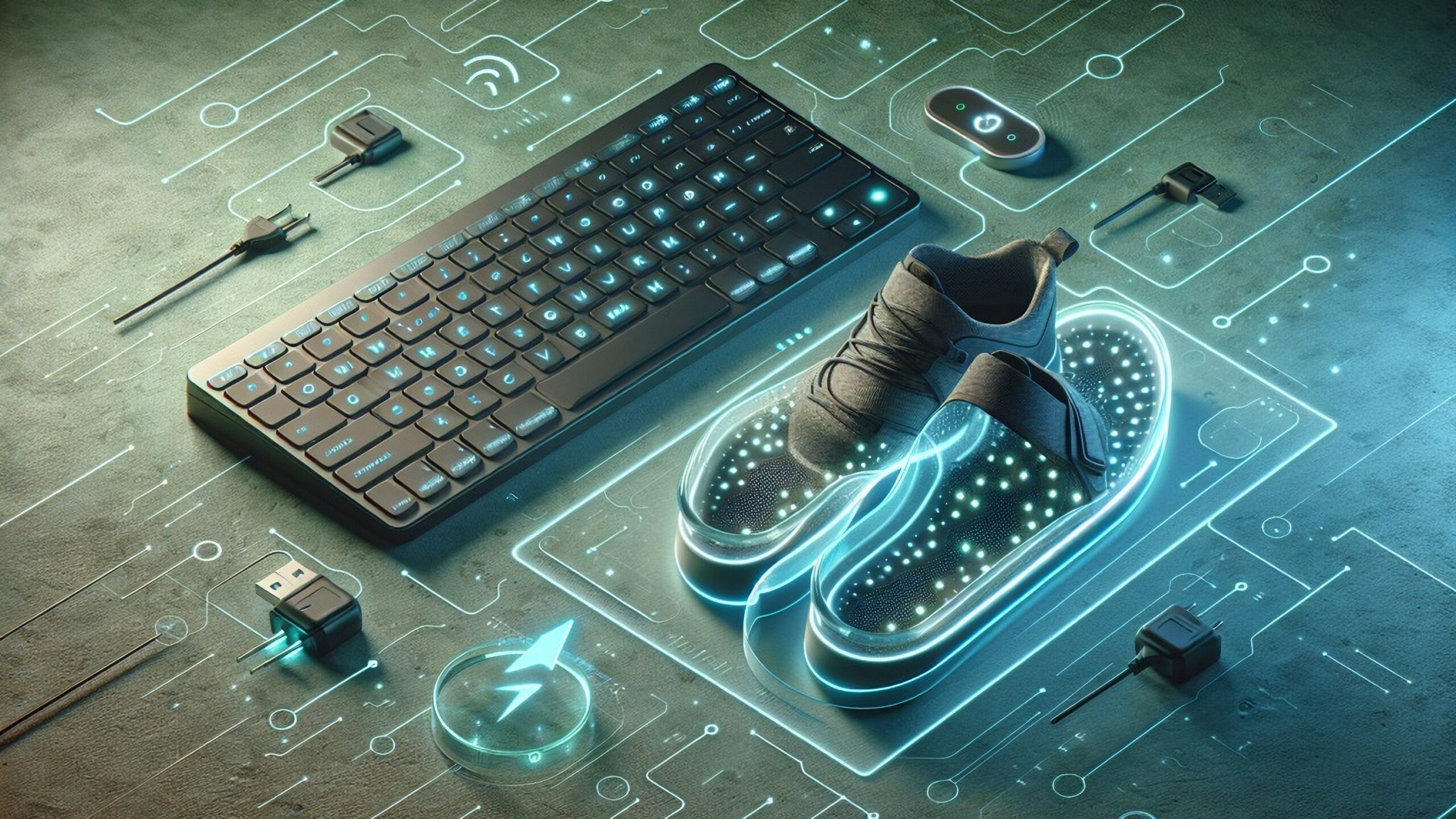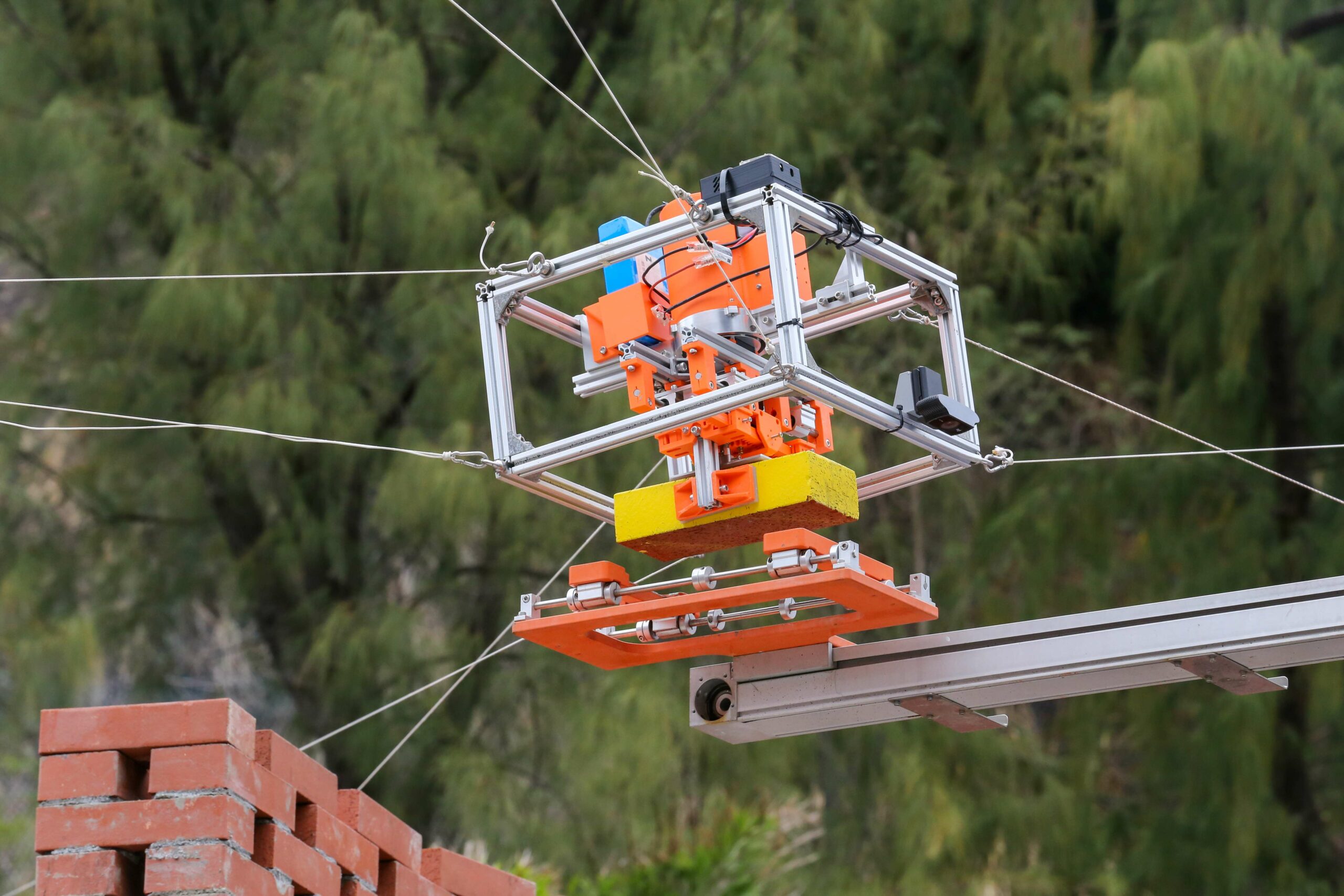One thing just about everyone alive knows: batteries can be a real pain. As anyone with a smartphone, an electric vehicle or any other electronic device will tell you, they frequently pose the biggest limitation on what you can do with those things—and have the annoying habit of running out at exactly the most inconvenient time. CUHK researchers have tackled this head-on with two elegant solutions that eliminate the need for batteries altogether.
The keyboard that keeps on going

When someone uses the Battery-free Wireless Keyboard, they provide it with all the power it needs simply by typing. That’s because the keyboard can convert their keystrokes into electrical energy, efficiently harvesting and reusing energy generated by the movement of the user’s fingertips, a feat no other keyboard has accomplished.
“The concept is inspired by our previous research in vibration, motion energy harvesting and battery-free IoT (Internet of Things) systems, which aim to eliminate dependence on traditional batteries,” says Professor Liao Wei-hsin from the Department of Mechanical and Automation Engineering, who co-invented the device with Dr Li Xin. “The motion-powered wireless keyboard demonstrates our ability to address the challenges of unstable energy supply in such systems.”

It works like this: kinetic energy from your fingertips during keystrokes is stored in the key buttons. The keyboard utilises a process called magnetic field flipping to convert it into magnetic energy, which is then transformed into electrical energy through electromagnetic induction. Circuits that require minimal power collect and store this energy to operate a Bluetooth module, enabling wireless communication with a computer. The moment a key is pressed, its signal is transmitted, decoded, and displayed on-screen—without the need for any energy storage. Notably, it’s designed to withstand extreme conditions, such as typing very fast or hitting the keys particularly hard.
“It represents a more sustainable option than traditional keyboards,” says Professor Liao. “It should also appeal to those whose work demands high reliability from battery-free wireless keyboards, particularly in certain industrial fields. Additionally, in large public conference rooms, wireless keyboards often face issues of battery drain due to frequent use by different participants. With our keyboard, such problems would no longer be a concern.”
Having applied for patents for its invention, the next step for the team is to refine it further to better meet user needs.
A doctor in your shoe

Another battery-free CUHK invention harnesses user-generated energy to power itself—this time to monitor the way that person walks. That calls for a lot of energy, which has previously made it impossible to do away with batteries. However, the Batteryless Smart Insole, also invented by Professor Liao and Dr Li, with their colleague Professor Zhao Huan, overcomes this challenge by converting the energy generated from walking into wireless signals that provide vital clues to the user’s well-being.
The insole incorporates piezoelectric materials that produce an electrical charge when compressed by footfalls, converting kinetic energy into electrical energy. This powers a low-energy circuit and a Bluetooth module that wirelessly transmits data to devices such as smartphones and laptops.
The insole can measure step frequency, step length, gait variability, phase timing and symmetry, allowing medics to tell if something’s wrong.
“It can assist in monitoring recovery after fractures or surgery by analysing gait patterns such as step length and symmetry,” says Professor Liao. “It can also play a role in the early detection and management of conditions like Parkinson’s disease, of which gait abnormalities like reduced step length or increased variability are early warning signs. Additionally, it can help assess fall risks by analysing gait variability and phase timing. It also provides insights into mobility and physical health, detects early signs of musculoskeletal or neurological issues, and supports fitness optimisation to prevent injuries.”
Doctors are particularly eager to use the device to do what existing monitoring instruments can’t. In fact, one project team member has personal experience of this: the physician who treated Dr Li Xin after a fracture noted that this technology would have been invaluable for monitoring his recovery.
Nor is this the only way the insole’s underlying technology could be used. The team is also developing a battery-free smart flooring system that could help with the care of older people living alone, for example by preventing falls.











